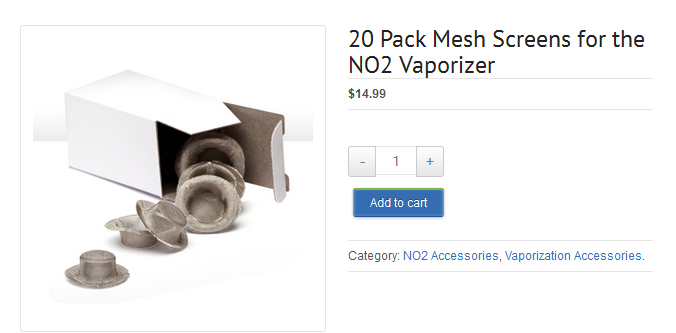Believe that when charging the heat mode can be used by setting the heat level. When actually heating the charge is reduced to a trickle. However the battery will probably last longer if not used in this way. Best practice is to get the proper PA to avoid using the battery as much as possible when external power is available.
IMO good advice with one important correction. The heater uses about twice the power the charger can deliver (2 Amps and 1 Amp respectively). This means when the heater is off (LED not flashing) the battery charges at about 1 Amp, when it heats the battery
discharges at about that same rate to make up for the needed power. Not 'reduces to a trickle' (which would be no big deal probably) but it literally sucks the charge from 20 seconds before back out again......no net progress in charge despite lots of charging action going on. Nothing but needlessly charging and discharging the battery that sooner or later will fail from being charged and discharged too often. No net gain.
And if, as I suspect most owners will, you leave it plugged in so 'it's always ready' this means you're constantly
charging to full capacity......a
known battery killer. Ideally you want to 'store' at less than full charge for longest battery life. Like happens to cell phones and laptops where this is the common scheme. I think we all know examples of such gear that now has basically no useful battery and must be 'constantly plugged in' to use?
I think I can successfully defend the stand that this is the worst possible battery management technique? Well short of constantly running it into the mud perhaps. IMO a stand alone PA that doesn't charge and stopping charge before the LED stops flashing will give longest battery life.
Again, I think it's worth considering that this new scheme (traditional in other products) is the easier/cheaper scheme of the two to use. They went to a LOT of trouble to make the charge and PA functions separate (IMO for battery life reasons) and it wasn't until we demanded this 'better' scheme that they changed. IMO once again the Engineers doing the R&D on the product knew what they were doing.....perhaps better than the traditional 'always right' customer?
Any specific reason why some people dome their screens as opposed to just fitting the flat screen in the glass stem?
Aside from reducing the load (on which I'm in the 'I don't really want that' boat as well) doming has a great anti fouling/airflow advantage. Flat screens are blocked except for the part opposite the holes in the glass. Automatically you block between about 35 and 75% of the area of the flow path. Screens are mostly metal (especially the finer grades), the holes are a small fraction of the total. And localized fouling quickly reduces that further as the small holes in the mesh close up quickly. Doming lets vapor pass through the
entire screen, the whole screen is active. Fouling is slowed to a crawl (over a ten fold improvement IIRC) and the restriction is reduced a fair bit initially and a LOT over all.
I recommend doming 5/8 screens (1/2 ones lay flat), and using a bent pin tip to hook the mesh and pull it out when fouled. Flame it with your lighter, brush it off, and put it back. Clean again in under a minute.
OF





